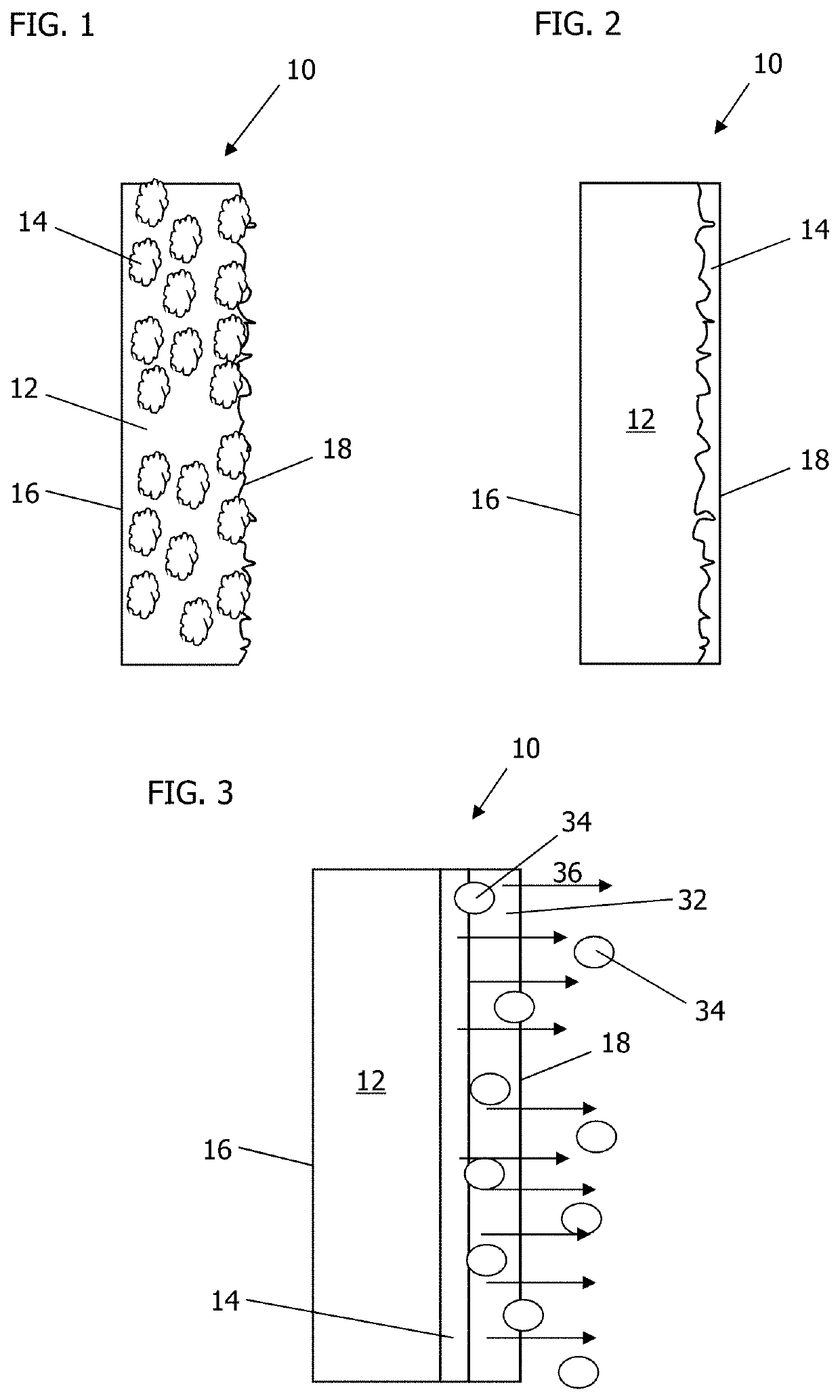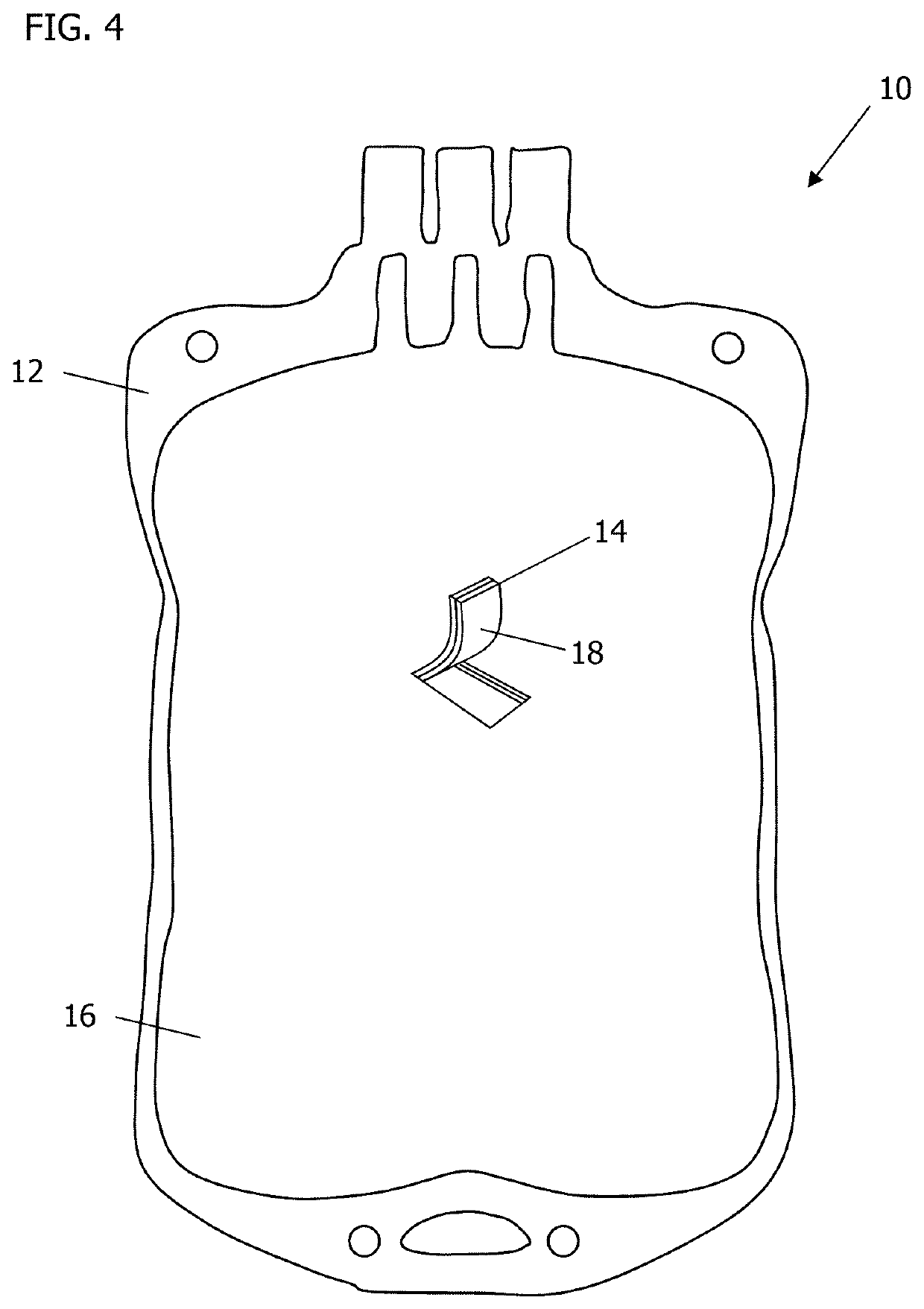Augmented biocontainment materials and augmented biocontainment enclosures
a biocontainment and enclosure technology, applied in the field of biocontainment and cell culture, can solve the problems of non-biocompatible, fugitive, potentially toxic materials, cell culture or cell load to non-biocompatible, fugitive, etc., and achieve the effect of improving cell culture viability and reducing noxious environmental components
- Summary
- Abstract
- Description
- Claims
- Application Information
AI Technical Summary
Benefits of technology
Problems solved by technology
Method used
Image
Examples
Embodiment Construction
[0019]Augmented biocontainment vessels for controlled storage, for cell expansion for therapy, and for general protection include constructions for the improvement and enhancement of cellular maintenance in storage, culture incubation, or expansion, where cellular environments require management of cell viability and reduction of adverse transfer of toxic components or by-products.
[0020]The embodiments described herein may include an article of manufacture, a composition of matter, methods of using, and / or methods for forming or using the same. Preferred embodiments may include biocompatible surfaces, release mechanisms, and mitigation of noxious environmental components having adverse interactions with living systems.
[0021]Benefits may include improved artificial polymer-based bioreactors and storage containment. Many man-made polymeric materials have non-cyto-compatible surfaces that inadvertently expose or produce fugitive (indigenous) debris at these surfaces, counteracting envi...
PUM
| Property | Measurement | Unit |
|---|---|---|
| weight average molecular weight | aaaaa | aaaaa |
| weight average molecular weight | aaaaa | aaaaa |
| weight average molecular weight | aaaaa | aaaaa |
Abstract
Description
Claims
Application Information
 Login to View More
Login to View More - R&D
- Intellectual Property
- Life Sciences
- Materials
- Tech Scout
- Unparalleled Data Quality
- Higher Quality Content
- 60% Fewer Hallucinations
Browse by: Latest US Patents, China's latest patents, Technical Efficacy Thesaurus, Application Domain, Technology Topic, Popular Technical Reports.
© 2025 PatSnap. All rights reserved.Legal|Privacy policy|Modern Slavery Act Transparency Statement|Sitemap|About US| Contact US: help@patsnap.com


